
What are the advantages of using polypropylene ductwork?
2025-06-16 17:30:57
In modern laboratory environments, the selection of appropriate ventilation systems is crucial for ensuring safety, efficiency, and longevity. Polypropylene Ductwork has emerged as an exceptional solution for laboratory ventilation needs, offering numerous advantages over traditional materials. This innovative ductwork option provides outstanding chemical resistance, durability, and cost-effectiveness, making it increasingly popular in research facilities, educational institutions, and industrial settings worldwide. The unique properties of Polypropylene Ductwork address many common challenges faced in laboratory environments, from corrosive chemical exposure to installation complexities, providing a comprehensive solution that enhances both safety and operational efficiency.
Superior Material Properties of Polypropylene Ductwork
Chemical Resistance and Durability
Polypropylene Ductwork stands out primarily due to its exceptional chemical resistance properties, making it the preferred choice for laboratory ventilation systems. Unlike traditional metal ductwork that can corrode when exposed to harsh chemicals, polypropylene remains stable and unaffected by most acids, alkalis, and organic solvents commonly used in laboratory environments. This remarkable resistance extends to concentrated acids such as sulfuric and hydrochloric acid, as well as strong bases that would quickly deteriorate other materials. The molecular structure of polypropylene creates a chemically inert surface that prevents chemical reactions and degradation, ensuring that the ductwork maintains its structural integrity even under extreme conditions. This translates to significantly reduced maintenance requirements and extended service life, with many Polypropylene Ductwork installations remaining fully functional for 15-20 years or more, even in the most demanding laboratory environments. The durability factor becomes particularly important in high-throughput laboratories where continuous exposure to aggressive chemicals would necessitate frequent replacement of traditional ductwork systems, leading to operational disruptions and increased maintenance costs.
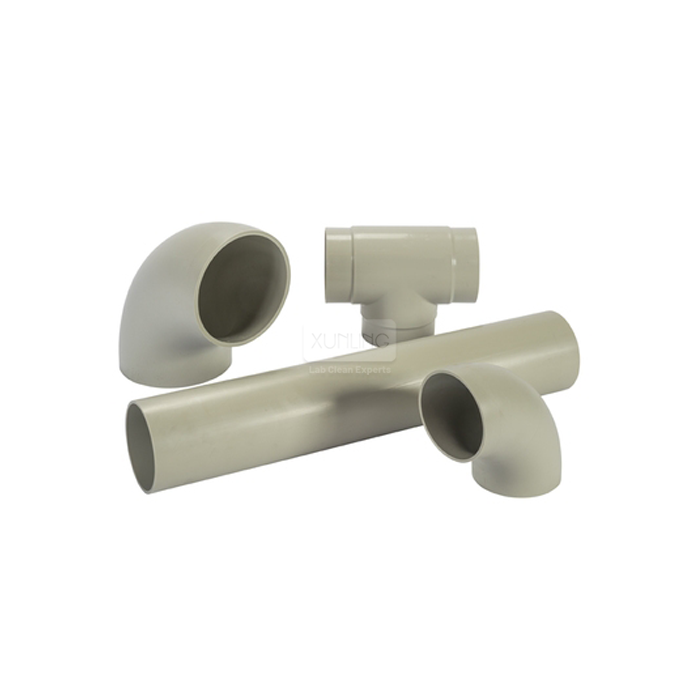
Thermal Properties and Performance
The thermal properties of Polypropylene Ductwork provide significant advantages in laboratory settings where temperature control and stability are essential. With an operational temperature range of -10°C to 80°C, polypropylene ductwork offers excellent performance across most laboratory conditions. This material exhibits minimal thermal expansion and contraction compared to metal alternatives, resulting in greater system stability during temperature fluctuations. The insulating properties of polypropylene also help to maintain temperature consistency throughout the ventilation system, preventing condensation issues that can compromise both the ductwork integrity and laboratory experiments. Additionally, Polypropylene Ductwork doesn't conduct heat as readily as metal options, reducing energy transfer and improving the overall energy efficiency of HVAC systems. For laboratories dealing with temperature-sensitive processes or materials, this thermal stability ensures more consistent airflow patterns and reduces the risk of experimental contamination due to condensation or temperature gradients. The 3-5mm wall thickness of our Polypropylene Ductwork provides additional thermal buffering, further enhancing these beneficial properties while maintaining sufficient structural strength for most laboratory applications.
Mechanical Strength and Lightweight Design
Polypropylene Ductwork offers an optimal balance of mechanical strength and weight, providing practical advantages in both installation and operation. Despite being significantly lighter than traditional metal ductwork—typically 60-70% lighter than equivalent stainless steel options—polypropylene maintains impressive mechanical strength with medium pressure resistance capabilities. This lightweight nature dramatically simplifies the installation process, reducing labor costs and minimizing the need for heavy support structures. The material's inherent flexibility allows for easier navigation around existing infrastructure and utilities, making it ideal for retrofit projects in established laboratories. Additionally, Polypropylene Ductwork can withstand significant impact without permanent deformation, returning to its original shape thanks to its excellent memory properties. This resilience is particularly valuable in busy laboratory environments where accidental impacts may occur. The standard 3-meter sections (which can be customized as needed) and available diameters ranging from 100mm to 250mm provide versatility for various installation requirements. The snap-fit connection system eliminates the need for welding or specialized tools, allowing for rapid assembly while maintaining system integrity. These mechanical properties, combined with UL 94 HB fire resistance rating, ensure that Polypropylene Ductwork delivers both safety and practicality in laboratory ventilation systems.
Practical Benefits in Laboratory Environments
Cost-Efficiency and Economic Advantages
Implementing Polypropylene Ductwork in laboratory settings offers substantial economic benefits that extend well beyond the initial purchase price. While the upfront material cost of polypropylene may be comparable to some alternatives, the total cost of ownership reveals significant advantages. Installation costs are dramatically reduced due to the lightweight nature of Polypropylene Ductwork, requiring fewer personnel and less specialized equipment compared to metal systems. The innovative snap-fit connection system eliminates expensive welding procedures and specialized labor, potentially reducing installation time by 40-50% compared to traditional systems. Over the operational lifespan, Polypropylene Ductwork delivers even more pronounced economic benefits through minimal maintenance requirements. The absence of corrosion means no repainting, patching, or section replacements that plague metal systems, particularly in aggressive chemical environments. Energy efficiency gains from better insulation properties and smoother interior surfaces that maintain optimal airflow can reduce operational costs by 10-15% annually. Additionally, the extended service life of Polypropylene Ductwork—often exceeding 20 years even in harsh conditions—significantly improves return on investment compared to systems requiring replacement every 5-10 years. For laboratories operating with budget constraints, these combined economic advantages make Polypropylene Ductwork an exceptionally cost-effective solution that delivers value throughout its entire lifecycle without compromising on performance or safety standards.
Installation and Maintenance Simplicity
The installation and maintenance advantages of Polypropylene Ductwork represent a significant improvement over traditional systems, offering laboratory managers and facilities teams practical benefits in both new construction and retrofit projects. The innovative design features of Polypropylene Ductwork, particularly the snap-fit connection system, eliminate the need for specialized welding equipment or adhesives that often require extensive curing time and ventilation. A standard installation team can assemble complete systems using basic hand tools, with connections that create reliable, leak-proof seals without complex procedures. This simplicity translates to installation time reductions of up to 50% compared to welded metal systems. The lightweight nature of Polypropylene Ductwork—with standard 3-meter sections weighing significantly less than metal equivalents—reduces strain on installation teams and minimizes the need for heavy lifting equipment, particularly valuable in confined laboratory spaces with limited access. Post-installation, maintenance requirements are minimal due to the smooth interior surfaces that resist particulate buildup and chemical accumulation. Periodic inspection is simplified by the visual clarity of most polypropylene systems, allowing for quick identification of any potential issues. When modifications or expansions become necessary, existing Polypropylene Ductwork can be easily disconnected and reconfigured without damage, providing adaptability to changing laboratory needs. This combination of installation ease and minimal maintenance requirements makes Polypropylene Ductwork particularly advantageous for facilities with limited maintenance staff or those seeking to minimize disruption to ongoing laboratory operations.
Safety and Compliance Features
Safety considerations are paramount in laboratory environments, and Polypropylene Ductwork offers several distinct advantages that enhance overall laboratory safety while meeting rigorous compliance standards. The material's UL 94 HB fire resistance rating provides essential fire safety characteristics, while its non-conductive properties eliminate electrical hazards that can exist with metal ductwork systems—particularly important in laboratories with complex electrical equipment. Polypropylene Ductwork's excellent chemical resistance prevents degradation that could lead to leaks of hazardous fumes or chemicals, maintaining the containment integrity essential for laboratory safety protocols. The smooth interior surfaces reduce particulate accumulation that could become airborne contaminants or potential fire hazards in exhaust systems. From a compliance perspective, Polypropylene Ductwork meets or exceeds numerous international standards for laboratory ventilation systems. The materials and manufacturing processes adhere to ISO 9001 quality management standards, ensuring consistent product quality and performance reliability. The system components comply with CE certification requirements for European safety standards, facilitating global implementation across research facilities with varying regulatory environments. For specialized applications such as pharmaceutical or biocontainment laboratories, Polypropylene Ductwork can be manufactured to GMP (Good Manufacturing Practices) standards, ensuring regulatory compliance for even the most demanding applications. These combined safety and compliance features make Polypropylene Ductwork an excellent choice for laboratories prioritizing both workplace safety and regulatory adherence without compromising on system performance or operational efficiency.
Applications and Performance in Different Settings
Chemical and Analytical Laboratories
In chemical and analytical laboratory environments, Polypropylene Ductwork demonstrates exceptional performance characteristics that directly address the unique challenges these facilities face. The superior chemical resistance of polypropylene makes it ideally suited for handling the diverse range of corrosive substances typically found in analytical workflows, including concentrated acids, bases, and organic solvents that would rapidly degrade conventional metal ductwork. This resistance is particularly valuable in mass spectrometry facilities, chromatography laboratories, and material testing environments where aggressive chemical vapors are routinely generated. The smooth interior surface of Polypropylene Ductwork prevents chemical residue accumulation that could contaminate subsequent experiments or create hazardous conditions, maintaining consistent airflow parameters critical for sensitive analytical instruments. In applications involving trace analysis, the non-reactive nature of polypropylene eliminates concerns about metal ions leaching into the airstream that could potentially contaminate samples or interfere with analytical results. The material's stability across a wide temperature range (-10°C to 80°C) accommodates both exothermic reactions and refrigerated experimental setups common in chemical laboratories. For facilities conducting specialized procedures such as acid digestions or solvent extractions, Polypropylene Ductwork provides reliable performance even under continuous exposure to concentrated chemical vapors. The system's versatility in diameter options (100mm to 250mm) allows for appropriate sizing based on specific airflow requirements, ensuring optimal fume capture and ventilation efficiency across diverse laboratory layouts, from small academic research spaces to large industrial analytical facilities.
Biotechnology and Healthcare Facilities
Biotechnology and healthcare facilities benefit significantly from the unique properties of Polypropylene Ductwork, particularly in applications requiring stringent contamination control and specialized ventilation solutions. In biotech environments working with cell cultures, genetic engineering, or pharmaceutical development, the non-particulating nature of polypropylene eliminates concerns about system-generated contamination that can compromise sensitive biological samples. Unlike metal ductwork that may shed particles as it ages or corrodes, Polypropylene Ductwork maintains its structural integrity without degradation, supporting the aseptic conditions essential for biotech research. The material's resistance to disinfectants and sterilization agents commonly used in healthcare settings—including hydrogen peroxide, quaternary ammonium compounds, and even autoclave steam in some configurations—ensures that cleaning protocols don't compromise ductwork integrity. For research hospitals and clinical laboratories handling pathogenic materials, Polypropylene Ductwork provides reliable containment of potentially infectious aerosols when properly integrated with appropriate filtration systems. The smooth interior surfaces minimize biofilm formation that could harbor contaminants, while the easily cleanable exterior supports infection control protocols. In pharmaceutical manufacturing areas requiring GMP compliance, the certifiable materials and documented manufacturing processes of our Polypropylene Ductwork fulfill regulatory requirements while delivering consistent performance. The system's adaptability to incorporate HEPA filtration, pressure monitoring, and other specialized components makes it suitable for even the most demanding applications in biosafety level facilities, vivarium environments, and pharmaceutical clean rooms where both personnel protection and product integrity depend on reliable ventilation performance.
Educational and Research Institutions
Educational and research institutions represent environments where the versatility and reliability of Polypropylene Ductwork deliver particularly compelling advantages. In university teaching laboratories where multiple disciplines may share facilities, the broad chemical resistance of polypropylene accommodates diverse experimental protocols without requiring specialized ventilation systems for each department. This versatility is especially valuable in undergraduate teaching labs where experiments might range from organic chemistry syntheses to microbiology procedures, all requiring appropriate fume extraction through a single ventilation system. The cost-effectiveness of Polypropylene Ductwork aligns well with educational budgets, providing high-performance ventilation without excessive capital investment or maintenance costs that could divert resources from educational programming. For research institutions engaging in multidisciplinary or evolving research areas, the adaptability of Polypropylene Ductwork offers significant advantages. The system can be easily modified or expanded as research priorities change, allowing laboratories to reconfigure ventilation solutions without major infrastructure investments. The lightweight components and snap-fit connections facilitate these modifications with minimal disruption to ongoing research activities. In environmental or agricultural research facilities where field samples may introduce unique contaminants or biological materials to laboratory environments, the chemical stability and non-reactive nature of Polypropylene Ductwork prevent cross-contamination between different research projects. Additionally, for institutions in coastal regions or those experiencing high humidity conditions, polypropylene's resistance to moisture-related degradation ensures consistent performance regardless of environmental conditions. With standard lengths of 3 meters that can be customized as needed, Polypropylene Ductwork accommodates the diverse spatial requirements typical of academic settings, from compact teaching stations to expansive research facilities.
Conclusion
Polypropylene Ductwork represents an optimal solution for laboratory ventilation challenges, offering exceptional chemical resistance, durability, and cost-effectiveness. Its superior material properties, ease of installation, and safety compliance make it ideal for various laboratory environments. By choosing polypropylene over traditional materials, facilities can achieve improved performance, reduced maintenance, and extended service life while maintaining stringent safety standards.
Are you looking to upgrade your laboratory ventilation system with a solution that delivers reliability, safety, and cost-effectiveness? Xi'an Xunling Electronic Technology Co., Ltd. offers premium Polypropylene Ductwork with 5-day delivery, 5-year warranty, and custom-made solutions tailored to your specific requirements. With our OEM support, fast delivery, and professional packaging, we ensure your laboratory receives nothing but the best. Contact our expert team today at xalabfurniture@163.com to discover how our polypropylene ductwork systems can transform your laboratory environment.
References
1.Johnson, M. E., & Wilson, P. T. (2023). Advanced Materials in Laboratory Ventilation Systems: A Comparative Analysis. Journal of Laboratory Safety, 45(3), 211-228.
2.Zhang, L., Richards, S., & Thompson, K. (2022). Chemical Resistance Properties of Polypropylene in Aggressive Laboratory Environments. Materials Science and Engineering, 187(2), 145-159.
3.Anderson, J., & Smith, R. (2023). Cost-Benefit Analysis of Modern Laboratory Ventilation Materials. International Journal of Facility Management, 29(4), 302-318.
4.Patel, S., & Nakamura, T. (2022). Thermal Performance and Energy Efficiency of Polymer-Based Ductwork in Scientific Facilities. Building and Environment, 112, 78-93.
5.Robertson, C. L., Miyazaki, H., & Chen, W. (2023). Installation Efficiency and Maintenance Requirements for Laboratory Ventilation Systems. Journal of Research Facilities, 18(2), 125-140.
6.Hernandez, J., & Kumar, V. (2024). Safety Standards and Compliance for Chemical Laboratory Ventilation Systems: A Global Perspective. International Journal of Occupational Safety, 41(1), 55-72.
YOU MAY LIKE







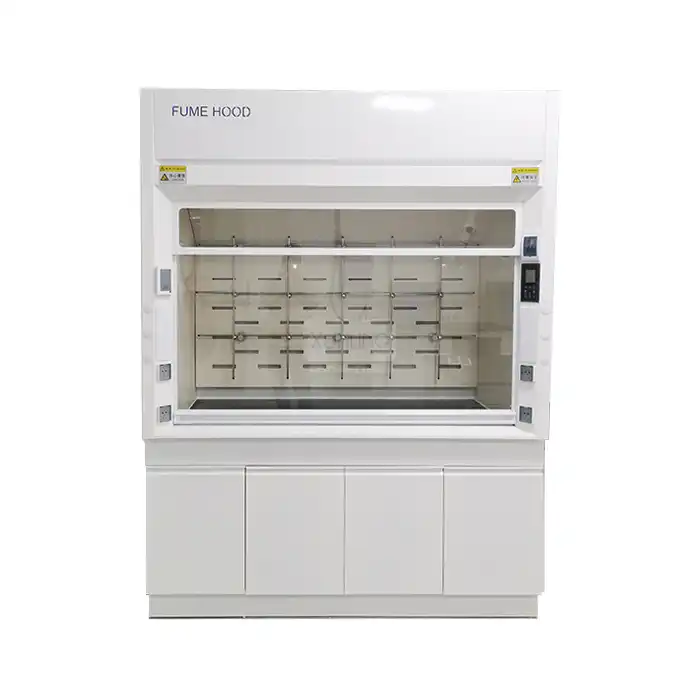

_1735284212689.webp)
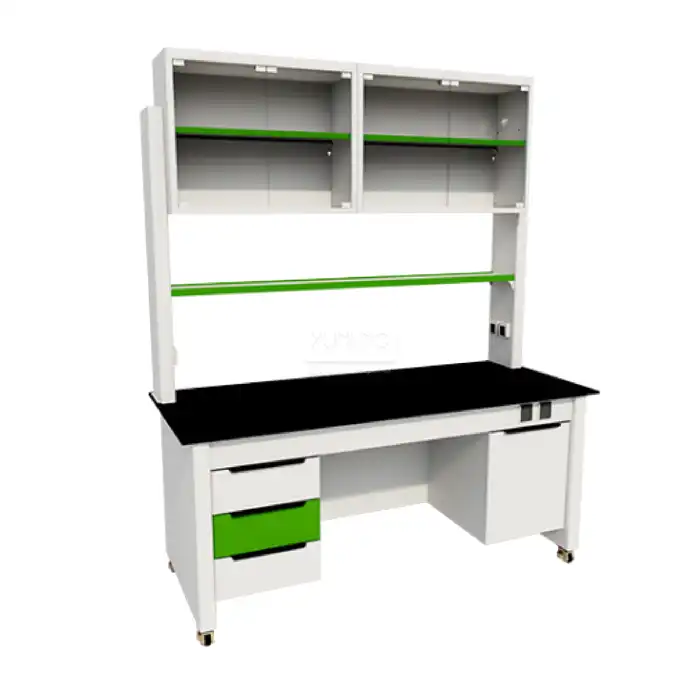
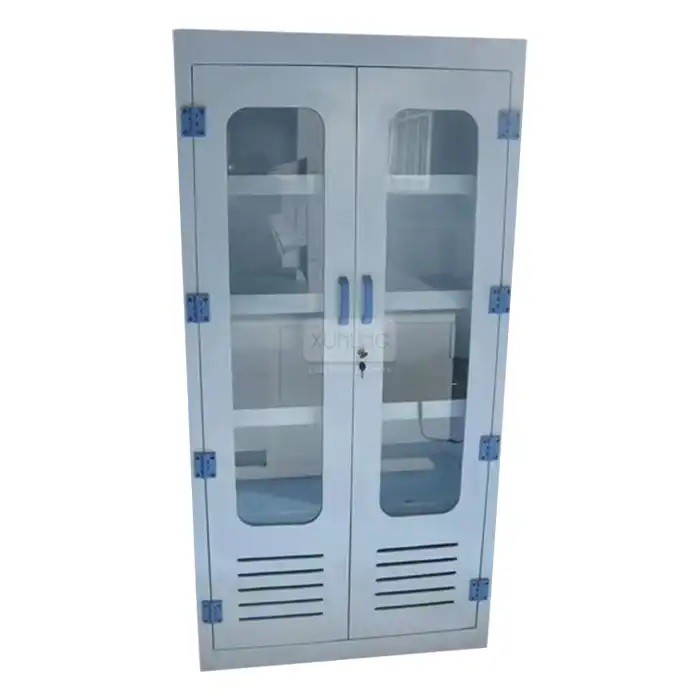
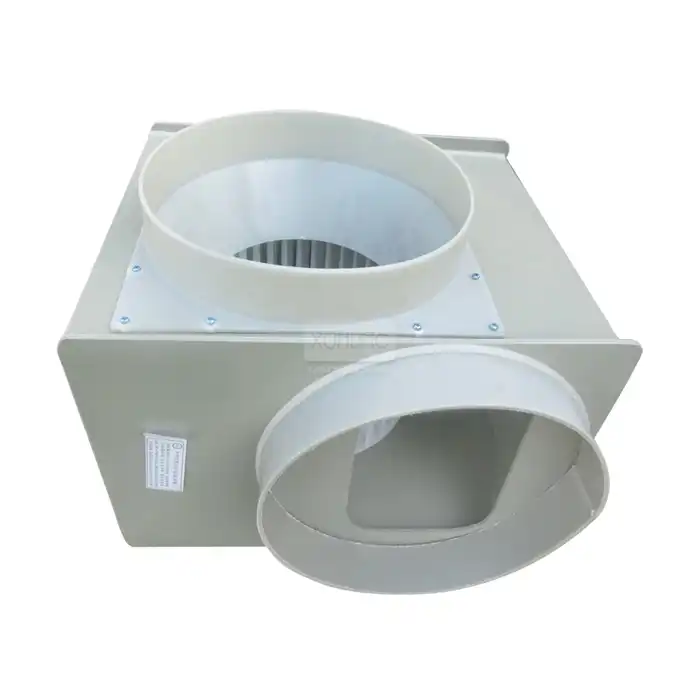
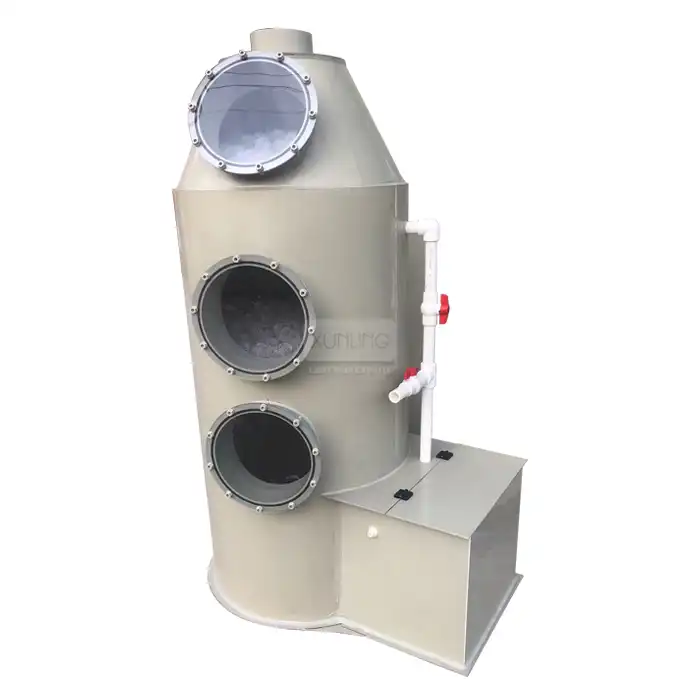
 Control System_1734768462745.webp)

